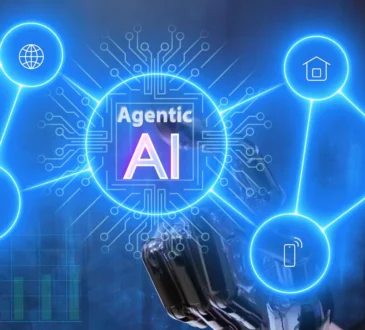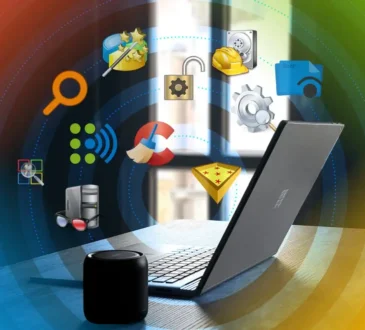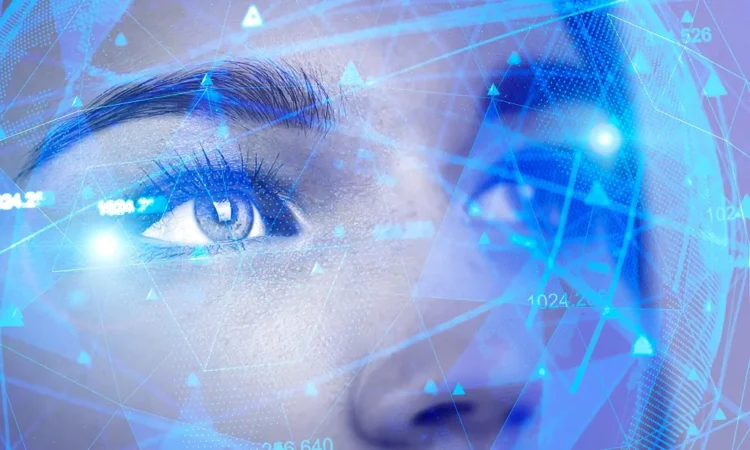
The software industry is evolving at an unprecedented rate, and it’s fascinating to imagine what lies ahead. From the rise of cloud-based tools to the immersive experience of virtual reality, the future of software is shaping up to be more interconnected, intuitive, and immersive than ever before. With rapid technological advancements, it’s not just about making software more efficient—it’s about transforming how we interact with digital environments and integrate technology into our everyday lives. So, what does the future hold? Let’s dive into some of the key predictions and trends in the software world that are set to redefine the way we work, play, and live.
1. The Rise of Cloud-Based Software

Cloud computing has already transformed the way businesses and individuals store, manage, and access data. In the coming years, cloud-based software is expected to take an even more prominent role. Companies will increasingly rely on cloud infrastructure for their applications, allowing for greater scalability, flexibility, and collaboration.
- Why this matters: The future of software will see even more tools moving to the cloud. With the ability to store data remotely, users can access their software and files from anywhere, eliminating the need for physical hardware and ensuring that data is secure, up-to-date, and accessible across multiple devices.
- Example: SaaS (Software as a Service) platforms like Google Workspace, Slack, and Salesforce have paved the way for cloud-based productivity. In the future, we can expect even more industries to adopt this model, from healthcare to education, where cloud-based software will streamline communication, enhance workflow, and improve data accessibility.
Key Trend: Hybrid Cloud Solutions
Hybrid cloud systems, which combine public and private cloud infrastructures, are expected to grow. This setup allows businesses to balance sensitive data with public cloud scalability, offering greater control and security.
2. Artificial Intelligence and Machine Learning Everywhere
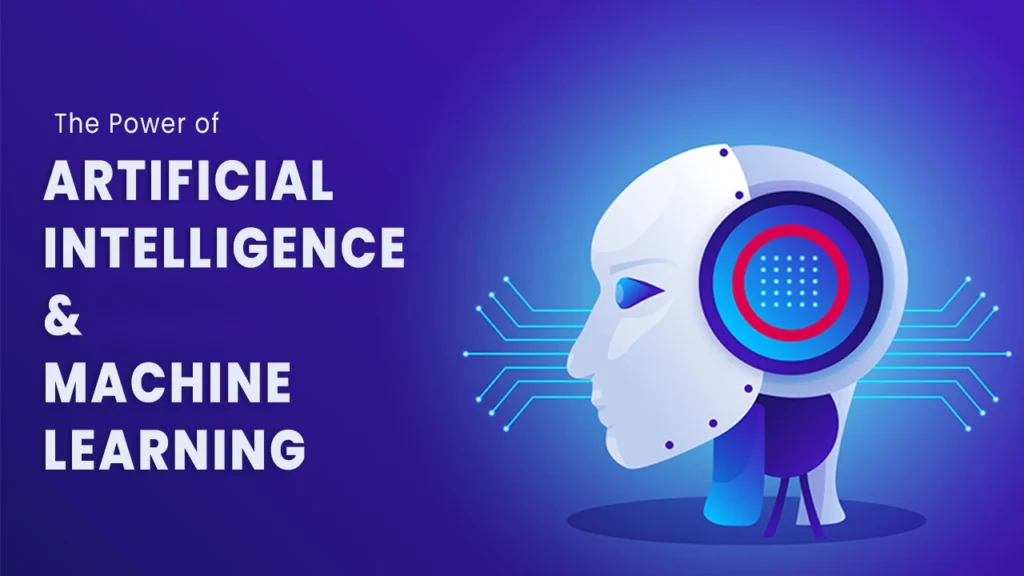
Artificial intelligence (AI) and machine learning (ML) are becoming more integrated into software tools, making them smarter and more adaptable. The future of software will see AI and ML seamlessly embedded into applications that predict behaviors, automate decision-making, and personalize experiences.
- Why this matters: As AI-powered software becomes more advanced, it will automate complex tasks, improve accuracy, and enhance personalization in ways we haven’t seen before. From virtual assistants to AI-driven design tools, these systems will make our digital interactions smarter and more efficient.
- Example: AI-based predictive analytics tools like Tableau or Power BI help businesses make data-driven decisions by analyzing trends and predicting future outcomes. In the future, AI will not only offer insights but also act on them autonomously, adjusting business strategies in real time.
Key Trend: Autonomous Software
In the near future, we will see software that makes decisions with minimal human input. For example, AI systems in industries like finance and logistics will automatically detect issues, fix problems, or optimize processes without needing human intervention.
3. Virtual Reality and Augmented Reality
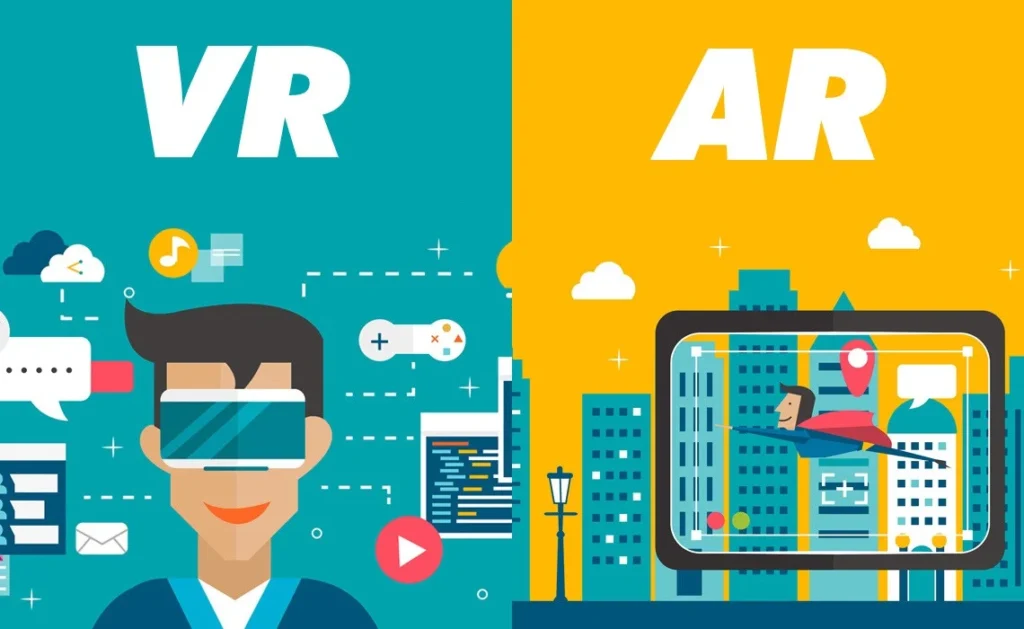
While virtual reality (VR) and augmented reality (AR) have been gaining traction, they are poised to revolutionize industries like gaming, education, healthcare, and retail. VR creates fully immersive digital worlds, while AR overlays digital elements onto the real world.
- Why this matters: As VR and AR technology improves, software developers will create more interactive, engaging, and useful tools that bridge the gap between the digital and physical worlds. This could mean virtual meetings, 3D product visualization, or immersive educational tools.
- Example: Oculus VR and Microsoft HoloLens are already changing how we interact with technology. The future could bring advanced VR simulations for training, virtual travel experiences, or even real-time AR overlays in our daily activities, like navigation or in-store shopping.
Key Trend: Mixed Reality
Mixed reality (MR) combines VR and AR to create an even more immersive experience, allowing users to interact with both digital and real-world elements in real-time. This could enhance training programs, gaming, and even architecture design.
4. Blockchain and Decentralized Software

Blockchain technology, best known for powering cryptocurrencies like Bitcoin, is set to transform a variety of industries. It offers a way to securely store data in a decentralized manner, eliminating the need for intermediaries and making transactions more transparent.
- Why this matters: As the software industry increasingly moves towards decentralized models, blockchain could redefine how we handle everything from financial transactions and supply chain management to digital identities and intellectual property. It has the potential to disrupt industries like finance, healthcare, and entertainment, making processes more secure and transparent.
- Example: Ethereum is already enabling smart contracts and decentralized applications (dApps). In the future, more software tools will leverage blockchain to enhance security, improve data sharing, and remove bottlenecks created by traditional centralized systems.
Key Trend: Web3 and Decentralized Internet
The future of the internet could be decentralized with the rise of Web3, where users have more control over their data and interactions online. Decentralized applications built on blockchain will provide secure, peer-to-peer interactions without relying on centralized corporations.
5. Quantum Computing: The Next Frontier

Quantum computing is still in its early stages, but it has the potential to revolutionize industries like cryptography, pharmaceuticals, and artificial intelligence. By leveraging the principles of quantum mechanics, these computers can solve problems far more quickly and efficiently than traditional computers.
- Why this matters: Quantum computing will enable software to tackle problems that are currently too complex for classical computers. This could lead to breakthroughs in fields such as drug discovery, material science, and cryptography, creating entirely new opportunities for innovation.
- Example: Companies like IBM and Google are already working on quantum computing projects. As these systems become more practical, we can expect new software solutions that leverage the immense power of quantum algorithms to solve real-world problems.
Key Trend: Quantum-Safe Encryption
As quantum computers become more powerful, traditional encryption methods may become obsolete. The rise of quantum-safe encryption will be crucial to protect sensitive data in the post-quantum era.
6. Low-Code and No-Code Development
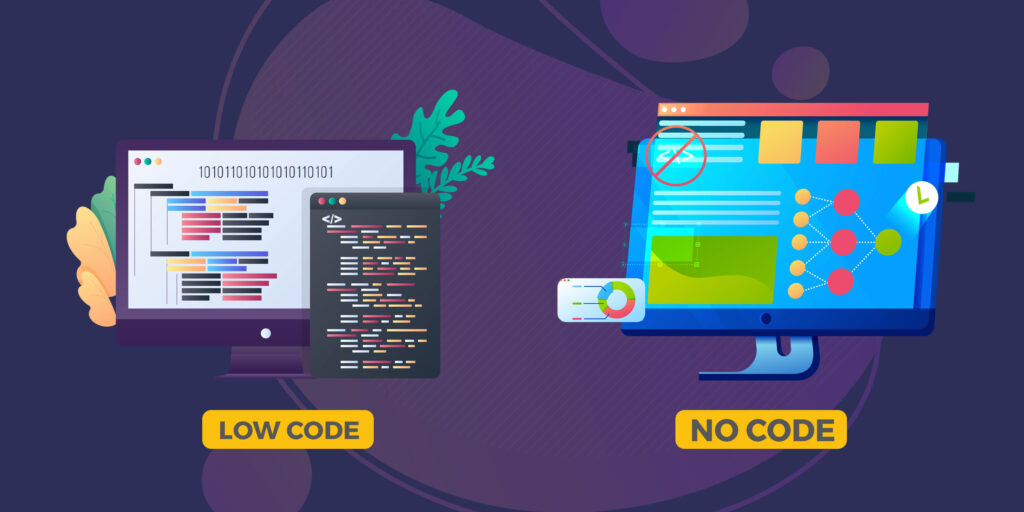
Low-code and no-code platforms are revolutionizing how software is built. These tools enable individuals with little to no programming knowledge to create apps, websites, and workflows through drag-and-drop interfaces.
- Why this matters: As the demand for software increases, businesses will need faster ways to build applications. Low-code and no-code platforms will democratize software development, allowing non-technical users to create custom tools without relying on developers.
- Example: Platforms like OutSystems, Bubble, and Zapier are already allowing users to build sophisticated applications and automate tasks. In the future, expect to see even more robust and user-friendly tools that enable anyone to develop their own software solutions.
Key Trend: AI-Assisted Low-Code Development
As AI continues to improve, we can expect AI-driven low-code platforms that offer smarter templates, auto-generated code, and even AI-powered design suggestions, making it easier than ever to create software.
7. Software for Sustainability
As the world becomes increasingly aware of climate change and environmental impact, sustainability is becoming a major focus for software development. Companies will create more tools that help businesses reduce energy consumption, manage waste, and track carbon footprints.
- Why this matters: The future of software will involve green tech and sustainability tools, helping businesses and individuals make smarter, eco-friendly choices.
- Example: Software tools that track energy consumption, optimize resource usage, and assist in sustainable practices will be in demand. From smart grids to carbon management software, sustainability will become a driving force in software development.
Conclusion: Embracing the Future of Software
The future of software is a fascinating mix of cutting-edge technologies and innovative approaches that will continue to shape our world. Whether it’s through AI-driven tools, immersive virtual environments, decentralized systems, or sustainable practices, the software industry is on the cusp of a major transformation.
As we move forward, it’s essential for businesses and individuals alike to stay informed, be adaptable, and embrace the next wave of technological advancements. By doing so, we’ll be well-positioned to navigate the exciting future of software and unlock new possibilities for growth, creativity, and efficiency. The best is yet to come!

